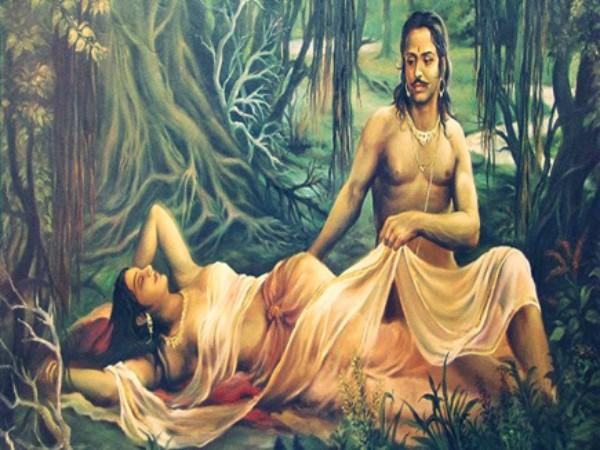.jpg)
Sanam Ali Khan
Akbar, the great Mughal ruler of India set up a translation bureau in the capital city of Fatehpur Sikri at Agra. His liberalism and religious tolerance influenced the choice of works to be processed at Akbar’s atelier. He involved renowned scholars like Abul Fazal, Faizi, Naqeeb Khan Badayuni, Krishnadas, Mulla Abdul Qadir Badayuni, Maulana Ibrahim Sarhindi, Abdul Raheem Khankhana, Haji Sultan Thanesari, and Raja Todarmal in it.
Unfortunately, the original texts were destroyed over time, but copies and translated materials are preserved in Indian libraries. In Akbar's court, the epic of Mahabharata held a prominent position and was considered vital for his efforts to integrate Sanskrit traditions into Indo-Persian culture. Translation and retelling of stories played a crucial role in the kings' pursuit of knowledge and ancient Indian wisdom.
The Mughal court had a renowned literary figure named Faizi. He was born in 1547 A.D. in Agra and passed away in 1595 at Lahore. His full name was Abul Faiz Faizi Fayyazi. One of the 'nine gems' or Navratna of Akbar’s court, Faizi had a deep understanding of Persian, Sanskrit, and Arabic. With his talent as a poet and his remarkable ability to produce an abundance of written works, Faizi stood out as an exceptional talent.
Faizi’s Mathnavie (narrative poem) is a very popular classical composition of Nal Daman. The translation of the story of King Nal and his beloved Damyanti of the great epic of Mahabharata is narrated by sage Brihadasva in an attempt to console the Pandavas over their loss in the game of dice. Nal was a scholar of the Vedas; good-looking, brave, and an outstanding charioteer. He was loved by the people of his kingdom.

King Nal and Damyanti (Artistic representation)
Queen Damyanti was a devoted and virtuous wife; she was as beautiful as Goddess Lakshmi. Despite being virtuous, righteous, and eloquent, King Nal possessed a single flaw - addiction to gambling. Nal lost everything in the game and had to renounce his kingdom. During their exile one day Damyanti was asleep in a forest, Nal realized that Damyanti was going through hardships because of him.
With crushing sorrow, Nal bids goodbye to Damayanti and sets out to brace the hardships that would come his way. He thought parting ways with Damayanti would at least exempt her of the pain and hardships of a life in exile. Nal faces numerous challenges and adversities but he never calls it quits. He remains virtuous and uncompromising in his integrity and righteousness.
We can feel the poetic beauty of Mathnavie in Nal Daman after reading a few translated verses
Hind ast v hazar alame Isqh (In India here there exist a thousand forms of love.)
Hind ast v jahan, Jahane gham ishq (India exists in the world, and the agony of the world is love.)
The narrative provides a rich array of values and lessons that are not only relevant in the context of interpersonal relationships but also extend to broader life experiences. It’s about the ability to love unconditionally; make sacrifices for the well-being of others; face adversity with resilience, maintain trust and faith; accept fate gracefully, and recognize the short-term nature of material possessions. The Story of Nal and Damayanti serves as a cultural and moral touchstone, offering wisdom and inspiration that rise above time and cultural boundaries.
Ultimately, it serves as a reminder that in this ever-changing world, the wheel of happiness and sorrow perpetually spins, culminating in the triumph of good over evil.
The Rampur Raza library is home to a noteworthy collection of manuscripts and paintings. A rare Mughal Persian language manuscript of Nal Daman containing beautiful and evocative poetry and prose exquisitely illustrated is well preserved. The text is adorned with 40 thousand verses.
Indeed, India is one of the richest countries in the world in respect of the invaluable treasure of stories flowing from ancient times. It is fascinating to note that many Persian texts on classical Indic traditions were written and translated from the 16th to the 19th centuries. From the ancient epics of Ramayana and Mahabharata to the Panchatantra tales, India has a vast repository of stories that showcase its rich and diverse cultural heritage.
(Details of manuscript Nal Daman by Faydi, Abual-Faydibn ShaykhMubarak-al-Akbarabadi(d.1004/1595-96) 364pages. 10 miniatures. Copied ca. 1829 probably in Delhi.)
